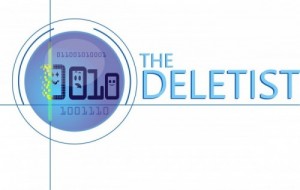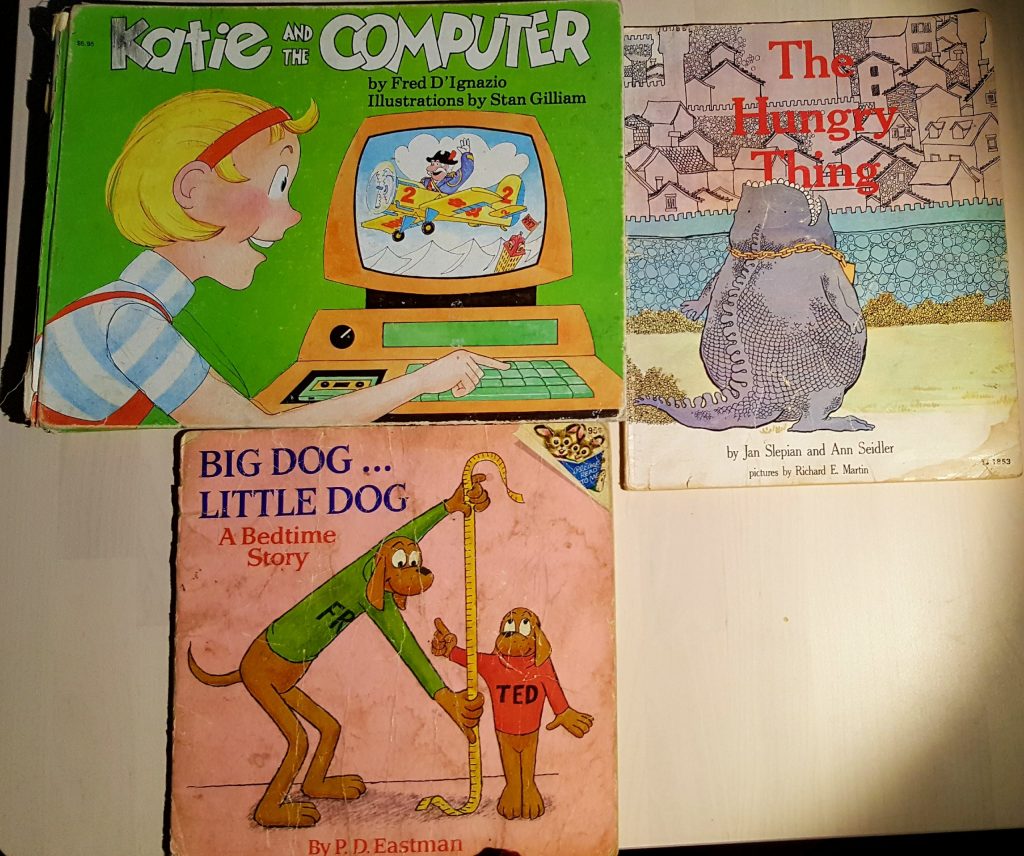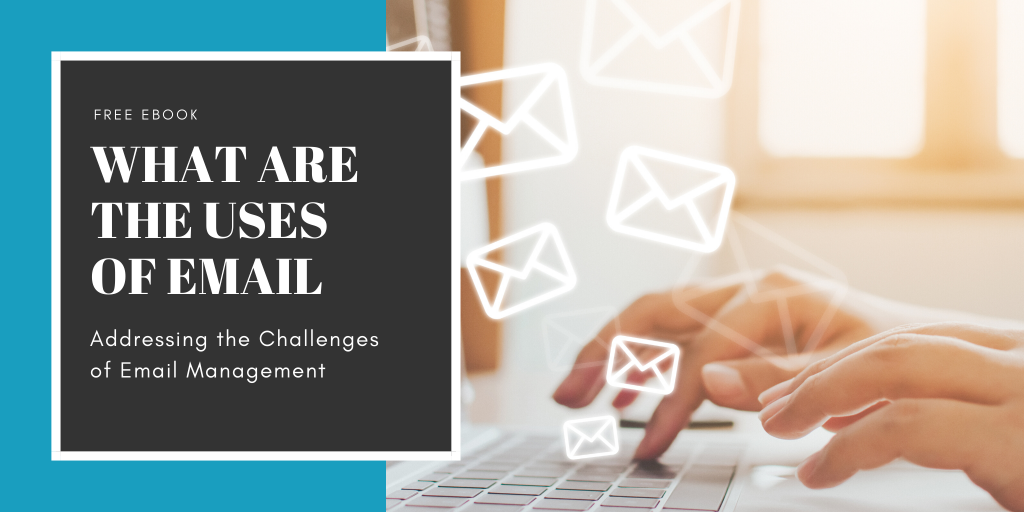Across the globe people are being encouraged to practice social distancing to slow down the spread of Covid-19. In the digital age, this should be easier than ever with so many technological options available. However, a lack of planning, education/training, and glitchy software exposes the flaws in this system. In my experience, this applies to both personal and professional interactions.
I’m a big fan of telecommuting. It can be wonderful for productivity, plus it reduces commute time meaning I’m more rested. When working on contracts as a consult, I was accustomed to working remotely and connecting with clients on an as-needed basis. Some clients, who were not technologically savvy, or more old fashioned, would sometimes require me to appear onsite for meetings. One time I was even flown across the country to present a final report to the Board, which lasted a total of 20 minutes. It was a waste of my time and a lot of money for something that could have easily been accomplished with video conferencing.
Other challenges with working remotely have included things like the technology failing on one side or the other. The issue that always bugged me the most was when employees had the technology installed to connect remotely, but were not trained how to use it. Some months ago I had to call in for a meeting that required screensharing. One of the attendees had never used Skype before and was unable to launch it in time for our meeting.
In general, I find it much easier to connect with people remotely on a personal level, but not as enjoyable. I don’t think it’s because the technology is any easier to use, but perhaps people are more motivated to learn how to use something for personal gain.
While I prefer connecting remotely for work by calling in for meetings, I would rather socialize in person. I’m appreciative for all the ways that technology has enabled me to stay in touch with loved ones who live far away, but it’s not the same as seeing them in person. And I’m not even sure some of my social activities can be replicated digitally, such as playing in an orchestra. And what about people who play team sports?
At least for the next few weeks, we’ll have to adjust to having “virtual visits.”


